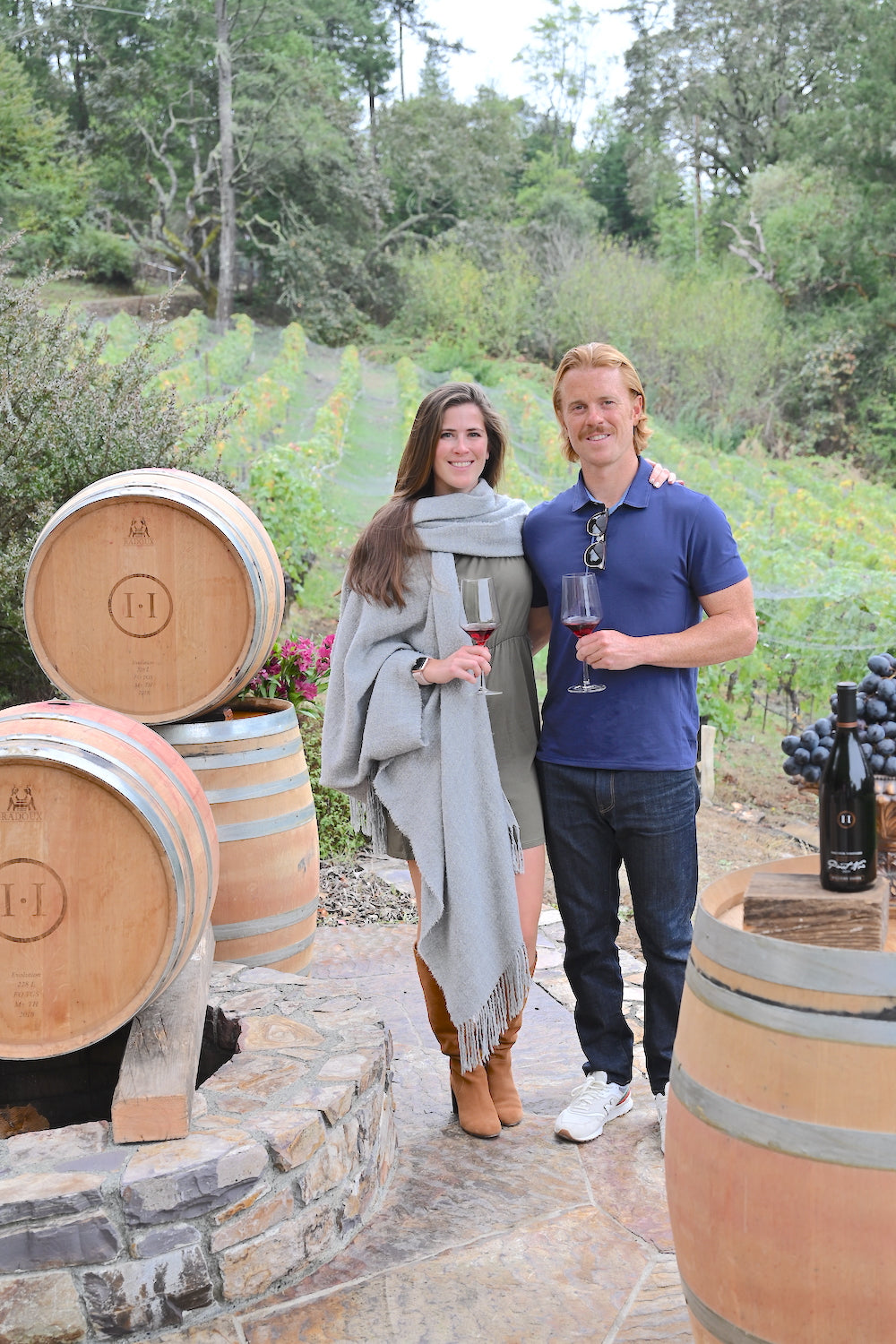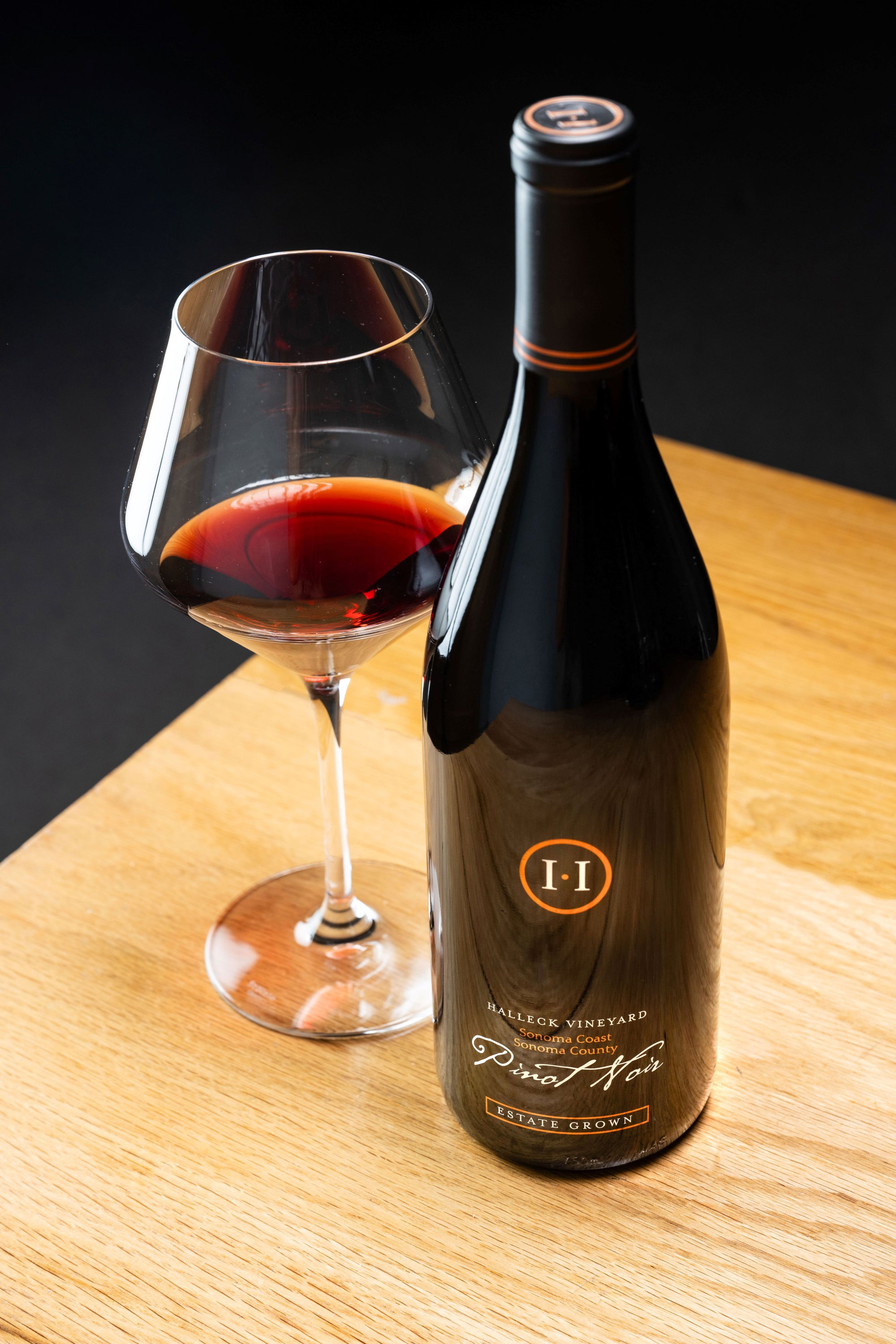Wine Tasting in Sonoma : Plan Your Visit
Experience the Taste of Single Vineyard Wines in Sonoma County
Understanding the nuanced vocabulary associated with winery wine tasting is essential for both novices and seasoned connoisseurs alike. Every term brings to life the experience of tasting wine and can improve one’s appreciation of the numerous intricacies concerned. Wine tasting is more than just consuming; it is an art that entails varied senses and feelings.
To begin with, the term "nose" refers to the aromas one detects when smelling the wine. This is a crucial step because the bouquet units the stage for the tasting experience. Notes of fruit, spice, earth, and wooden could mingle, providing a glimpse of what the palate might confirm. Understanding "nosing" the wine can dramatically elevate one's sensory journey.
One Other key facet is the term "physique." The physique of the wine describes its weight and fullness on the palate. A full-bodied wine has a sturdy presence and tends to linger longer after swallowing. Conversely, light-bodied wines could really feel extra delicate and refreshing. Recognizing the physique helps tasters assess the wine's structure and stability.
Recommendations for Family-Friendly Wineries in Sonoma County
The idea of "tannins" is important in purple wine tasting. Tannins are compounds derived from grape skins, seeds, and stems, contributing to a wine's texture and getting older potential. Excessive tannin wines typically end in a dry mouthfeel, whereas decrease tannin levels yield a smoother experience. This distinction is especially necessary when pairing wines with food, as tannins can both complement or clash with certain dishes.
In addition to tannins, "acidity" performs a major function in the wine tasting experience. Acidity gives wine its crispness and liveliness - Experience the Essence of Single Vineyard Wines in Sonoma County. Wines with higher acidity are usually refreshing and energizing, making them wonderful companions for quite lots of meals. Recognizing acidity can drastically enhance one’s food-pairing capabilities and total tasting enjoyment.
When delving into the flavor profile of a wine, one may encounter the term "end." The finish refers to the aftertaste that lingers within the mouth after swallowing. A lengthy finish is commonly associated with high-quality wines, because it signifies complexity and depth. A short finish could suggest a simpler wine. Knowing how to consider the finish can reveal a lot a couple of wine's character.
Exploring the "vintage" can be integral to wine tasting terminology. The vintage denotes the 12 months in which the grapes have been harvested. Completely Different years can yield vastly different outcomes as a outcome of variations in climate situations. For instance, a hot summer time can produce extra concentrated flavors, whereas a cooler year might yield extra refined, nuanced wines. Understanding vintage allows for a deeper appreciation of a wine’s origin and potential.
Guide to Enjoying Wine Tastings in California 95403
The term "terroir" encompasses the geographical and environmental components that contribute to a wine's unique character. Components similar to soil type, local weather, elevation, and topography all play a role within the flavor and quality of the wine. This connection to put helps one perceive why wines from totally different regions can style so distinctively different, even when produced from the same grape selection (Your Guide to Wine Tasting in Sebastopol).
When partaking with wines, the phrase "leg" refers again to the droplets that type on the within of the glass after swirling. These droplets can indicate the wine's alcohol content and viscosity. While observing the legs won't instantly relate to the wine’s style, it provides to the overall experience and intrigue of wine tasting less transparent.
Wine Education Available at Sonoma Wineries for Passionate Enthusiasts
A extra particular term that will come up throughout tastings is "oak." The affect of oak barrels on wine can impart flavors corresponding to vanilla, toast, or spice. The diploma of oak getting older can vary widely among wines, affecting both aroma and style. Understanding oak therapy Related Site provides insights into the winemaker’s decisions and the resulting complexity of the wine.
In wine tasting, one may additionally hear the term "palate." The palate refers back to the general taste experience in the mouth. This encompasses sweetness, bitterness, acidity, and body. A well-balanced palate is essential for a harmonious tasting experience, and recognizing any imbalances helps assess the standard of the wine.
The experience of wine tasting is tremendously enriched by understanding the terminology that accompanies it. Every term serves a function, enhancing the flexibility to convey ideas and feelings concerning the wine one's experiencing. This vocabulary bridges communication between tasters, sommeliers, and winemakers alike.
To fully get pleasure from wine tasting, it is important to interact all senses. The sight of the wine, its colour, and clarity can provide perception into its age and high quality. Swirling the wine releases aromas that heighten the olfactory experience, whereas the actual tasting allows for a complete analysis of the wine's profile.
Seasonal Festivals at California Wineries 95407
In conclusion, understanding the detailed clarification of winery wine tasting terminology tremendously enhances the experience of tasting. Each term invites the taster to engage more deeply with the wine, encouraging connections to the senses, the winemakers, and the lands where the grapes are grown. This nuanced vocabulary creates a richer, more fulfilling wine tasting experience.
- Aroma refers again to the scents launched by the wine, which might point out its grape selection and affect the tasting experience.
- Tannins are pure compounds present in grape skins, seeds, and stems, contributing to the wine's structure and aging potential.
- A finish, or aftertaste, is the lingering flavor sensation that remains on the palate after swallowing, often a key indicator of quality.
- Body describes the weight and fullness of wine in the mouth, generally categorized as light, medium, or full-bodied.
- Terroir denotes the unique environmental characteristics of a vineyard that have an effect on the style and high quality of the wine, including soil sort and climate.
- Acidity is a critical part that contributes to a wine's freshness and steadiness, impacting its getting older functionality and total flavor profile.
- Vintage signifies the 12 months grapes were harvested and plays a big position in determining the wine's characteristics, reflecting specific climatic conditions.
- Decanting involves pouring wine from its bottle into one other vessel, permitting it to aerate and enhancing its flavors and aromas.
- A corked wine may be tainted by a faulty cork, resulting in musty or off-putting flavors that detract from the wine's intended profile.
- The term “legs” refers to the droplets that cling to the within of a glass after swirling, usually associated with the wine's alcohol content and viscosity.undefinedWhat is the meaning of "nostril" in wine tasting?undefinedThe "nostril" refers again to the aroma profile of the wine, which is detected through the sense of smell. It's a vital facet of wine tasting, as aromas can reveal lots about the grape selection, winemaking course of, and growing older.
How should I properly style wine?undefinedTo taste wine effectively, observe these steps: observe the colour, swirl the wine to aerate it, take a mild sniff to capture the aromas, sip and let it coat your palate, and at last, note the finish. This approach helps in appreciating the wine’s complexity.
What are "tannins" and the way do they have an effect on wine?undefinedTannins are natural compounds present in grape skins, seeds, and stems that contribute to a wine's structure and astringency. They can create a drying sensation in the mouth, they usually additionally play a role in the wine's growing older potential.
Participate in Tasting Events in Sonoma County 95433

What does the term "balance" imply in wine tasting?undefinedBalance refers to the harmony between the completely different elements of a wine, corresponding to acidity, sweetness, alcohol, tannin, and flavor intensity. A well-balanced wine will have every of those parts supporting each other quite than overpowering the others.
What is the importance of "terroir" in wine tasting?undefinedTerroir encompasses the environmental factors—such as soil, local weather, and geography—that influence the traits of the wine produced in a particular region. Understanding terroir helps tasters recognize the distinctive qualities that totally different areas impart to their wines.
What does "vintage" mean and why is it important?undefined"Vintage" signifies the year when the grapes had been harvested. It is crucial as a end result of it affects the wine’s high quality and characteristics, as climate situations during the rising season can significantly influence flavor profiles and aromatics.
What are "legs" and what do they signify?undefined"Legs" discuss with the droplets More Bonuses that form and run down the inside of a glass after swirling wine. Whereas they can indicate alcohol content material and viscosity, they don't determine quality—this is extra about personal notion of richness.
Design the Perfect Vineyard Experience in California 95433

What does "full-bodied" mean versus "light-bodied"?undefined"Full-bodied" wines are wealthy, dense, and often have greater alcohol content material and sophisticated flavor profiles, while "light-bodied" wines are extra delicate and refreshing with a lower alcohol content material. This distinction helps tasters understand the expected weight and mouthfeel of the wine.
How can I determine fruit flavors in wine?undefinedTo identify fruit flavors, consider the aroma and taste profiles. Swirl the wine, inhale deeply to capture the bouquet, and focus on specific traits. Familiarity with typical fruit profiles of various grape varieties can improve this identification process.
What is "end" in wine tasting?undefinedThe "finish" refers to the aftertaste that lingers in the mouth after swallowing. A lengthy, complex end is usually an indication of quality in a wine, because it reflects the depth of flavor and total craftsmanship in the winemaking course of.